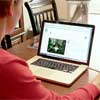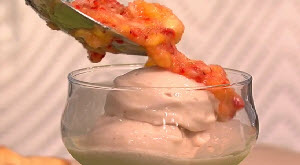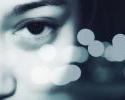Tips and Strategies to Stop Compulsive Nail Biting
Compulsive nail biting is a body focused repetitive behavior that results in the destruction of one's own fingernails and often the skin around the nails and cuticles. People who suffer from compulsive nail-biting may experience bleeding, bruises, infections, or even permanent damage to the fingers.
The behavior is often unconscious, and people with this compulsion may have difficulty stopping because they may be unaware of their actions.
Keep the Hands Busy
Fidget toys to keep the hands busy can be an important aid in treating difficulties like compulsive nail biting.
A pocket koosh ball is a good way to occupy the fingers.
Strategies to Reduce Nail Biting
The idea of treatment is to find as many alternatives to nail biting as possible until the urge to pull eventually fades away. The strategies below provide alternatives to biting by keeping hands busy and reducing cues that tend to lead to biting.
- Monitoring and recording all instances of nail-biting to increase awareness and interrupt process
- Strong smelling perfume on hands to increase awareness of when hands are near mouth
- Jangly bracelet as an auditory cue to increase awareness of location of hands
- Always carrying chewing gum to satisfy urges to chew
- Always carrying toothpicks to satisfy urges to chew
- Keeping carrots or celery handy to satisfy urges to chew
- Regular manicures to prevent hangnails and rough cuticles that might trigger biting
- Carrying a manicure set to provide an alternative to biting broken nails or rough cuticles
- Wearing gloves when alone as a physical barrier to fingers
- Band-aids over existing hangnails as a physical barrier to biting
- Finger toys to keep hands occupied
- Hand exercise aid to keep hands occupied and tired
- Crafts such as beading or knitting to keep hands occupied
- Stroking a pet to keep hands occupied
- Fist clenching to resist the urge to bite
- Hand lotion for smoother skin to reduce rough edges on cuticles, potential tactile or visual cues to bite
- Bad tasting product on fingers to increase awareness of biting
- Signs posted in places where biting is most likely to occur as a visual reminder (i.e. a computer screen saver with a "no biting" message)
References:
American Psychiatric Association. (2000). Diagnostic and statistical manual of mental disorders DSM-IV-TR. Washington, DC: American Psychiatric Association.
Return to About Nail Biting...






